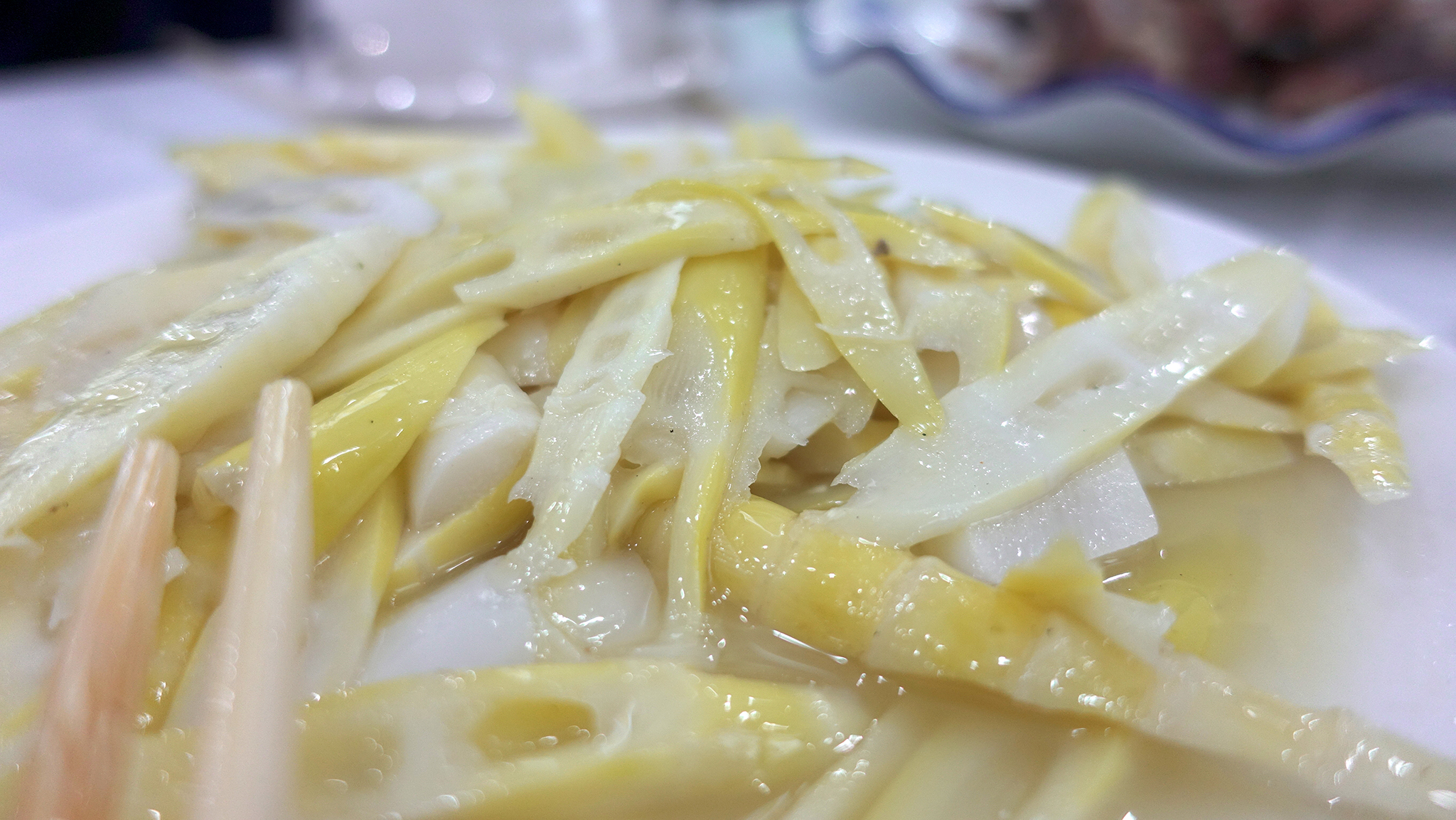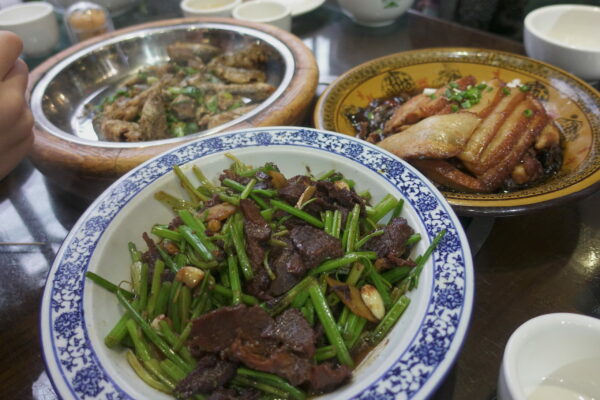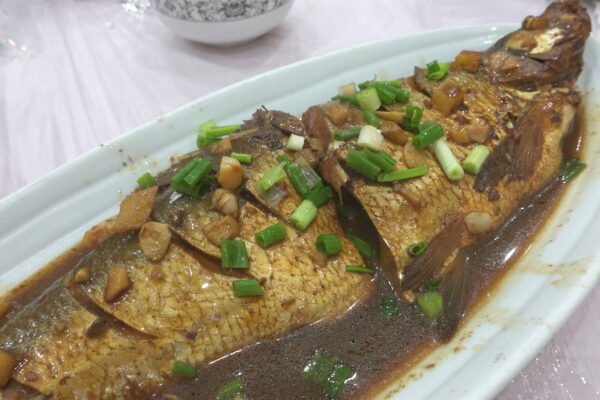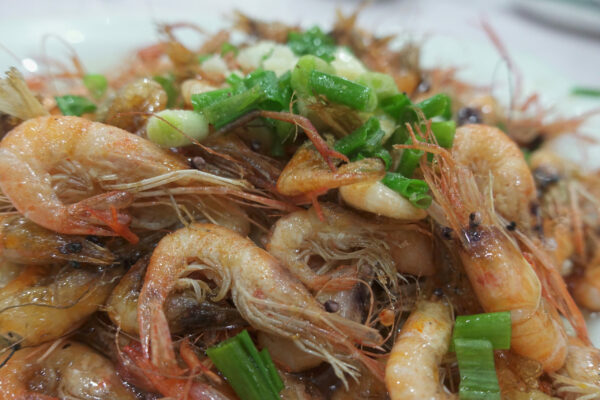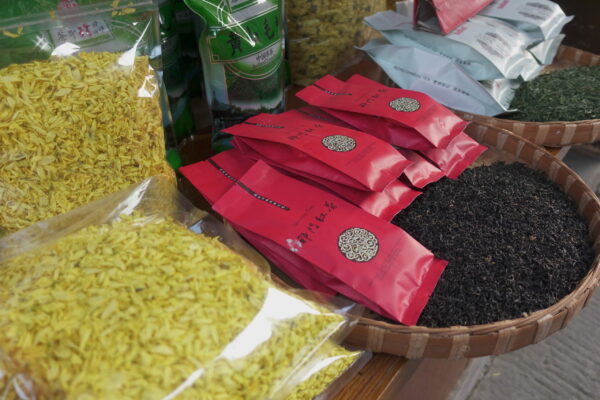Chinese cuisine is recognized worldwide for its diversity and richness in flavors. From elaborate dishes to simpler street food options, food in China is characterized by its high quality and a focus on fresh ingredients, especially vegetables and fruits. This article will delve into the quality of food in Chinese schools and compare these aspects with the food standards of schools in Europe and America.
Fresh Produce and High Vegetable Consumption
One of the most distinctive features of Chinese food is the emphasis on using fresh produce. In schools, a variety of meals are offered that include abundant vegetables and fruits. Students typically consume a wide range of vegetables, such as broccoli, bok choy, and spinach, which are essential in many meals. This approach not only promotes a balanced diet but also helps cultivate an appreciation for fresh ingredients from a young age.
In comparison, in many European and American schools, although the quality of school meals has improved, the implementation of healthy options can vary significantly. Often, vegetables are not as frequent as in the Chinese diet, and in some cases, meals may include more processed options. Nutritional education also plays a crucial role in school gastronomy, and some Western schools are beginning to implement agriculture and nutrition programs to encourage healthier eating habits.
Colorful Dishes and Vast Variety
Chinese food in schools not only focuses on the quality of ingredients but also on presentation. Dishes are often colorful and visually appealing, a characteristic that also applies to school meals. A typical lunch may include bright fried rice, accompanied by sautéed vegetables and proteins like chicken or tofu, all arranged in a way that stimulates the appetite.
This variability contrasts with the food in many Western schools, where menus often repeat less varied options, even though the trend towards healthier and more appealing meals is gaining ground. The introduction of foods from different cultures into the school menu is becoming a more common practice, although not on the same scale as in China.
Culinary Culture and Street Food
A fascinating aspect of Chinese gastronomy is the culture of street food. In Chinese cities, eating on the street is a common practice that allows students to enjoy delicious meals at very affordable prices. Food stalls offer an impressive variety, from noodles and dumplings to meat skewers and fresh fruits. This culinary culture is not only convenient but also reflects the quality and freshness of ingredients, as many vendors prioritize the use of local and seasonal products.
In comparison, in European and American countries, the street food culture has grown, but it is often more tied to gourmet gastronomy or food trucks at festivals. Prices can be comparable to those of casual dining restaurants, and hence, they are not always a more economical option than what can be prepared at home. The affordability and access to fresh food on the street are thus a significant benefit of urban life in China.
Comparative Data
Studies indicate that students in Chinese schools consume an average of 400-500 grams of vegetables daily, significantly surpassing their counterparts in America or Europe, where average consumption may be around 200-300 grams. This difference highlights the prominence of vegetables in the daily diet of young Chinese people.
Additionally, the focus on fresh and varied products in Chinese meals reflects a culinary culture that values diversity and quality. While in many European and American schools, pre-packaged and processed meals remain common, Chinese schools are moving towards healthier and fresher options.
Conclusion
Chinese gastronomy, with its focus on ingredient quality, high vegetable consumption, and the common practice of street food, offers an interesting model for school nutrition. By contrasting these aspects with food practices in European and American schools, the importance of cultivating good habits from childhood stands out. Adopting an approach that celebrates freshness, variety, and culinary culture can be beneficial not only for the physical well-being of students but also for their appreciation of rich and healthy eating. Chinese gastronomy not only nourishes the body but also fosters a sense of community and culture, making food a central aspect of society.

